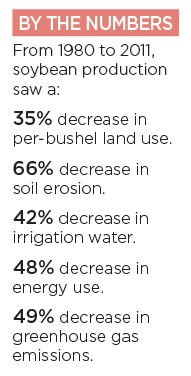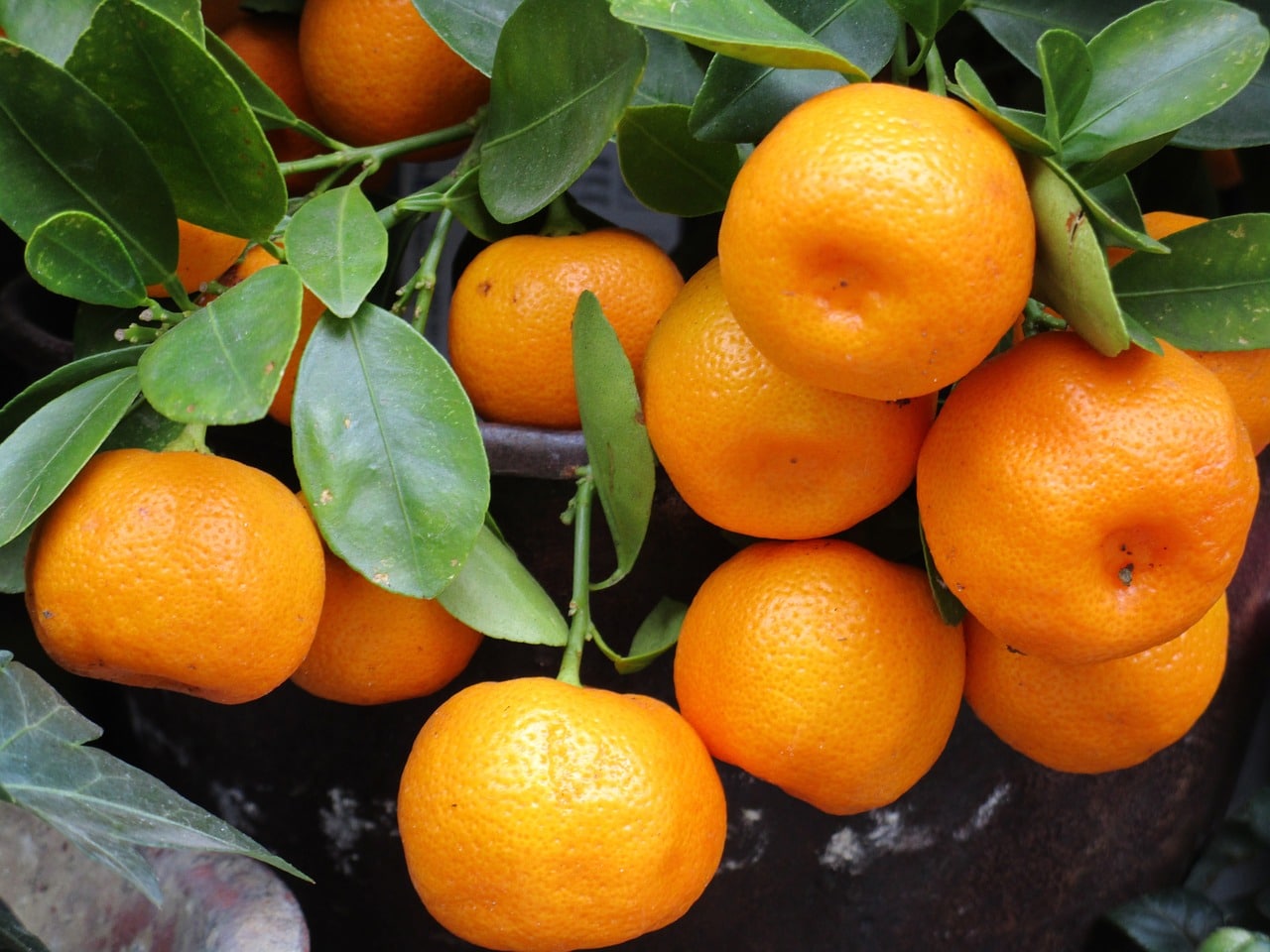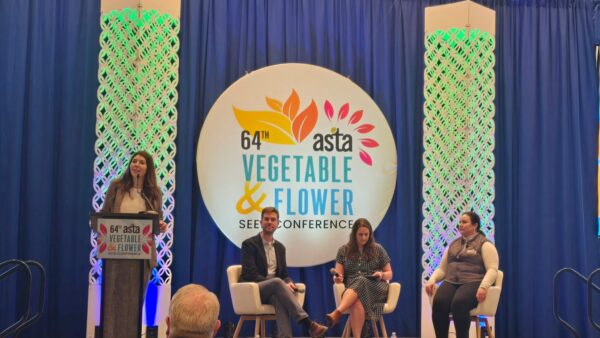The Seed Innovation and Protection Alliance recommends farmers, plant breeders and companies do their research before using off-patent events.
Now that the patent on Monsanto’s first generation of Roundup Ready soybeans has expired, there’s the misconception that buyers can save it without infringing on intellectual property. But James Weatherly, executive director for the Seed Innovation and Protection Alliance, says that couldn’t be further from the truth, especially when it comes to soybeans.

These types of investments yield results. According to the U.S. Department of Agriculture, yields have increased from an average of 28.1 bushels per acre in 1984 to 40 bushels in 2015, a 70 percent increase. Through research and development, plant breeders have improved drought tolerance and climate resilience, herbicide tolerance and insect protection, including nematode resistance.
In a nutshell: “Just because it says ‘Roundup’ doesn’t mean it’s not protected,” Weatherly says. “There could be a utility patent related to germplasm, additional patents on other traits and restriction of use agreements on the bag. There are a lot of other innovations and intellectual property in soybeans that we need to be aware of.”
For example Dan Alexander, DuPont Pioneer senior marketing manager for soybeans in the U.S. and Canada, says that despite the trait patent expiration, growers are unable to bin run Pioneer brand soybeans because of other patents and grower agreements that are in place. “This allows us to protect the multimillion dollar investment we make each year in bringing better soybean varieties to the market,” he says.
Patents with claims to a variety can prevent others from making, using, offering for sale and selling, or importing the claimed invention. They can also prohibit breeding and research activities.
Patents could have claims to characteristics and improvements, such as resistance to disease and plant pests, breeding techniques, improved nutritional aspects and flavor enhancement.
The genetics of soybean varieties may also be protected by U.S. Plant Variety Protection, which allows certain plant breeding activities; however, the unauthorized reproduction of the protected variety is prohibited. According to SIPA, infringing activities include selling, marketing, importing, exporting, producing and reproducing the protected variety.
A Number of Factors
Weatherly acknowledges that it can be confusing, especially when trying to figure out when a patent expires. The U.S. Patent and Trademark Office will not issue an expiry date, so it’s up to attorneys to calculate the respective date.
“There are a number of factors that go into determining when a patent expires and you have to dig into the history of a patent to figure out the expiration date of a particular claim,” he says, explaining that a patent expires 20 years from the date of filing, but additional information can be filed.
For those interested in making use of off-patent events, Weatherly encourages they first:
1. Check the bag and tag label.
2. Check the limited use agreement.
3. Check the product website.
4. Talk with the dealer.
5. Contact the seed company.
After following those five steps, he says you should be able to determine if that material has any additional intellectual property tied to it that would prohibit use.













